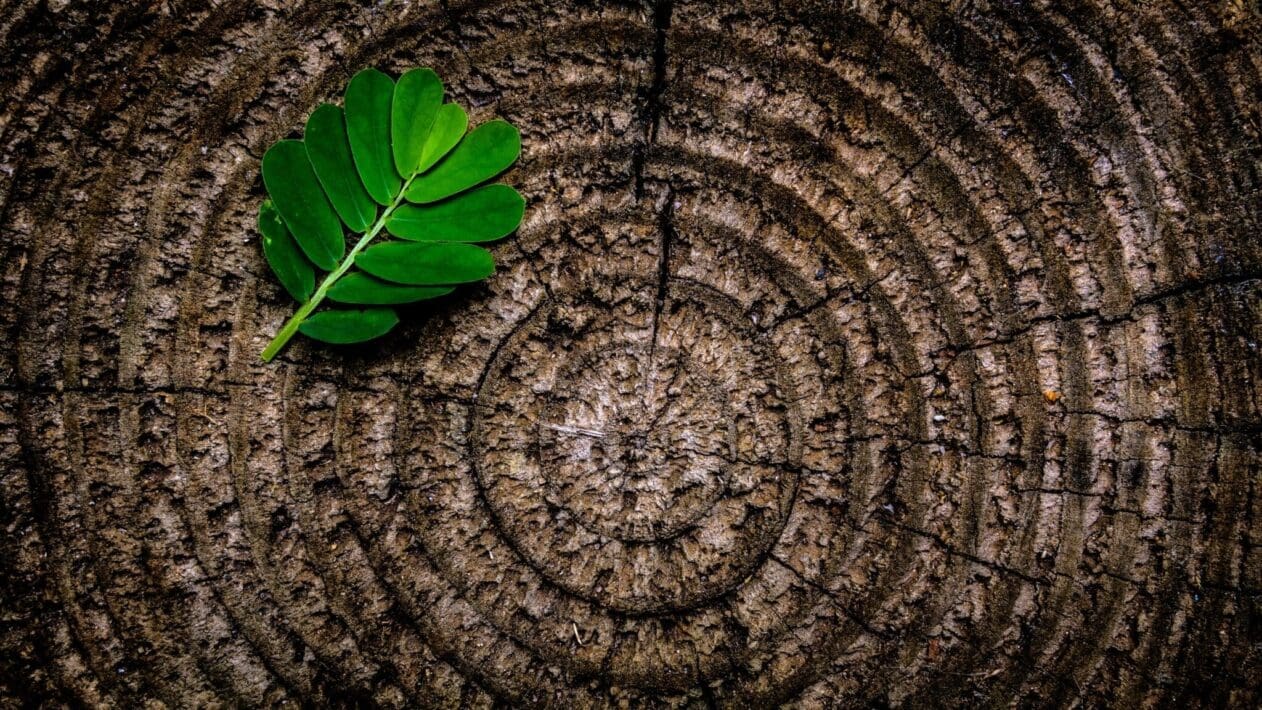What does Scripture tell us about Jesus’ physical characteristics?
He grew up before him like a tender shoot, and like a root out of dry ground. He had no beauty or majesty to attract us to him, nothing in his appearance that we should desire him. – Isaiah 53:2

How remarkably clearly did the prophetic eye of Isaiah see one of the most astonishing aspects of the birth of our Lord and Savior, Jesus Christ! Writing seven centuries before Christ would fulfill these words, Isaiah noted that the Suffering Servant of the Lord would be entirely unremarkable in outward appearance, in every way contemptible when it came to physical majesty.
Most of us, if we were to concoct the Story of Redemption, would depict the entrance of God into the world in a blast of overwhelming glory and majesty. This would be conducive to our ego, our overweening pride, which loves the seats of honor at banquets and to be greeted with august titles. Not Christ! He chose the way of lowliness and contemptibility. And Isaiah saw it first.
The words speak of a “tender shoot”… of Christ’s extraordinary frailty. Christ was born like any other baby, needing to be wrapped in swaddling clothes, totally weak and passive. The Hebrew word “tender shoot” refers to a young sapling, a frail green twig of great promise and of delicate stature. A single stomp with a leather boot could crush the life out of it and end the promise of future stateliness. So also Christ chose to enter the world as an infant, protected not by armies of highly trained bodyguards, but by a single Jewish couple. A tender shoot of great frailty. And surrounded by such enemies… a ravenous dragon ready to devour him (Rev. 12:4), a jealous human king (Herod) ready to crush him underfoot. The child of an American President would have immense Secret Service protection if there were such threats to his or her life. The heir to any throne in history would have immense armies of protection. Jesus was born into a battle zone, protected only by the sovereignty of the God of providence. And that was infinitely more than sufficient!
He was also a “root out of dry ground.” The image is of a desperate tree sending out its last hope for moisture during a drought. Israel was the tree, and its future looked bleak. Isaiah had earlier received his commission from the amazing heavenly council of the Lord Almighty: “Whom shall I send, and who will go for us?” Isaiah said, “Here I am, send me!” And he was told to proclaim a message of judgment on Judah and Jerusalem until the people were almost totally destroyed… left like a stump in the land (Isa. 6:13). The stump seemed hopeless, but there was still hope: the “Root of Jesse” would emerge from the stump of Israel (Isa. 11:1). When there was no more hope left, when Israel seemed like a nothing nation, trampled by one mighty Gentile conqueror after another, the “Root” would emerge and bear fruit for God’s glory. The Root was Jesus of Nazareth… the Son of God from the lineage of David.
“Jesus was born into a battle zone, protected only by the sovereignty of the God of providence.”
And Isaiah saw that Jesus “grew up before Him.” Luke 2:52 speaks of the greatest mysteries of the Incarnation: the perfect Son of God “grew in wisdom and stature and in favor with God and man.” In like manner, the Savior of the world grew as a humble child, a callow youth, an obscure young man of twenty, until the moment came for Him to be revealed to Israel.
The full fruition of this approach to the salvation of the world would come in Christ’s bloody death on the cross. If Jesus had “no beauty or majesty to attract us to him, nothing in his appearance that we should desire him” in His humble birth, how repulsive was He to the unbelieving eye as He hung dying on the cross of torture. He was “one from whom men hide their faces (Isa. 53:3), grotesque and twisted, finally dying a shameful death for our sins. What began as a tender shoot—the humble appearance of God Incarnate—was consummated at the cross.
And Isaiah the prophet saw it all seven centuries before it happened. Do you see it now, twenty centuries after it happened?





